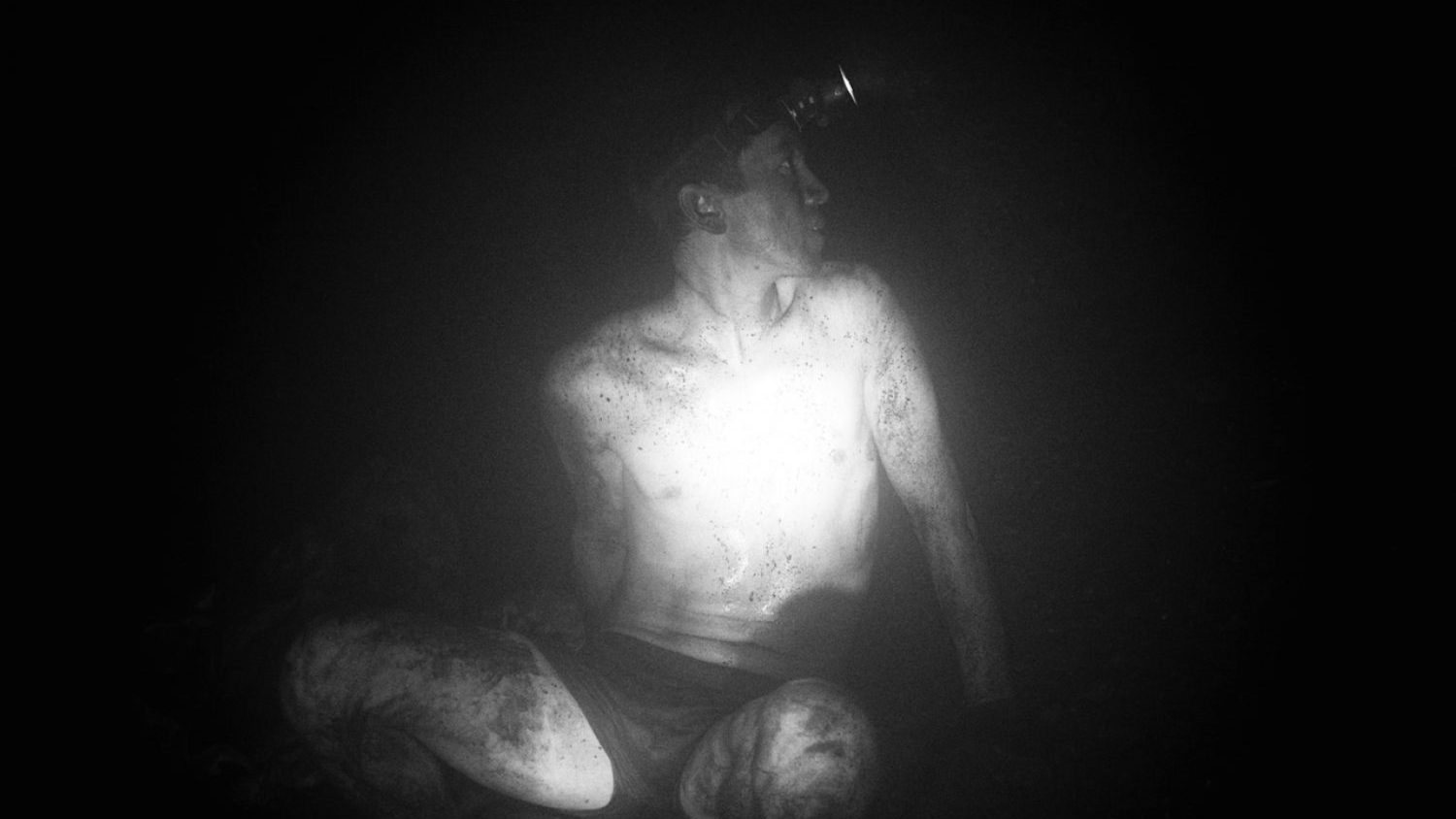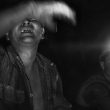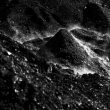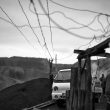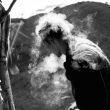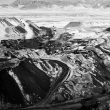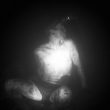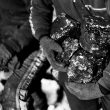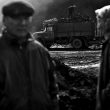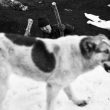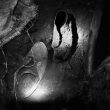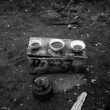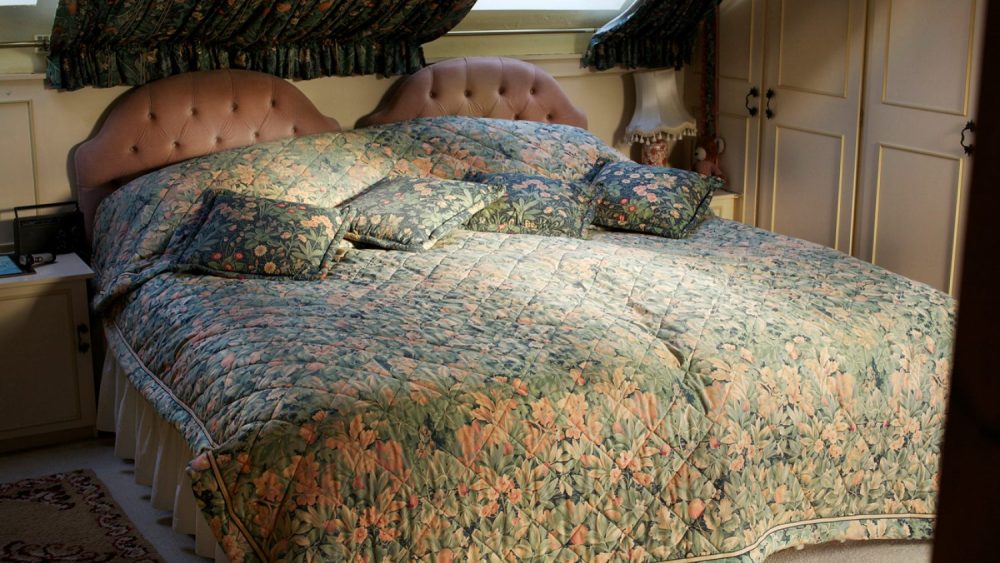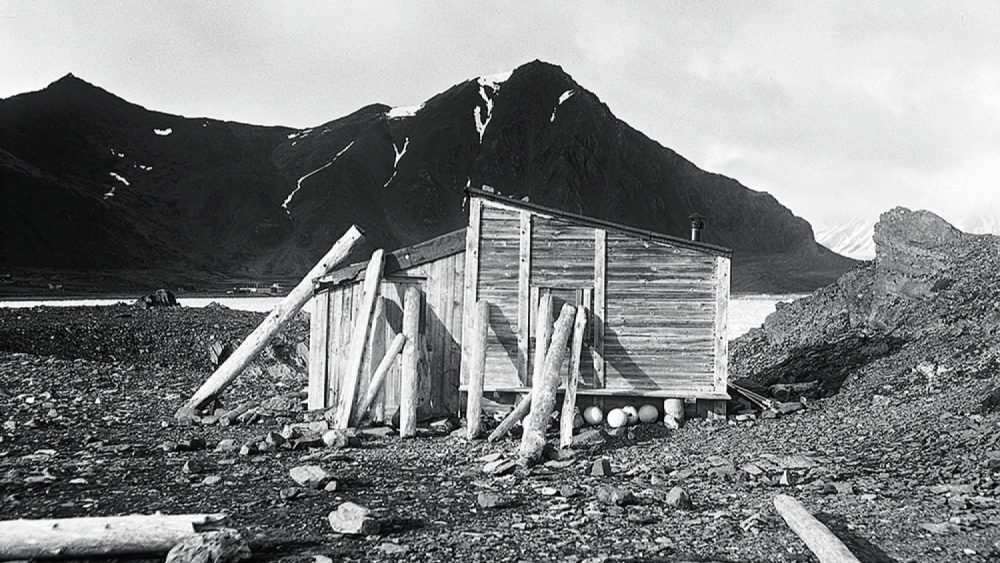Apaches
Unemployment and poverty in Kyrgyzstan continue fuelling illegal coal mining, a practice, which has already taken the lives of numerous victims. After the huge Soviet mines in the region closed in the 1990s, jobless men started their own small operations. The infrastructure is lying in ruins and sadly pollute the environment. Citizens are left to their own devices in this poor mountainous nation of five million that has been in political chaos over the past few years.
Many residents of former mining towns and villages in southern Kyrgyzstan have no choice but to enter the abandoned mines and extract whatever coal they can. To survive, miners build a new “zabojka” – a poor shaft to a depth of 20 to 60 meters or they renovate an old shaft left by Russians. Primitive underground corridors supported by thick wooden pegs can accommodate from four to five miners. They work about 10 hours daily equipped only with picks, worn-out helmets and headlights. Lack of proper ventilation is the most common reason of methane poisonings. When a tunnel collapses, there is little hope for rescue. But miners feel they do not have much choice because there are no jobs in a town. Locals call them Apaches for their black faces. The black market of coal dealers is exploiting the poor for labour in return for almost starvation wages. Each bag, that contains about 70 kilograms of coal, is sold for about 3 dollars. If Apaches are able to save any money after years of working in zabojkas they usually buy a popular Korean car – Daewoo Matiz and they become taxi drivers. This is a restful retirement of miners.
Today, Kyrgyzstan is one of the poorest countries in the world offering little opportunities for the majority of its unemployed citizens. Local people are calling for investment in the mining sector and government does little for their communities.
Magdalena Borowiec (1981) is a Polish photographer and sociologist based in Warsaw. Her photos have appeared on the pages of DOC! Photo Magazine, Dodho Magazine, foto8.com, FeatureShoot, Le Journal de la Photograpie, L’Oeil de la Photographie and in the Polish Fotografia quarterly.
